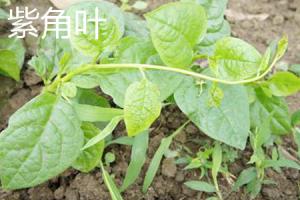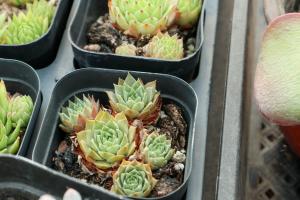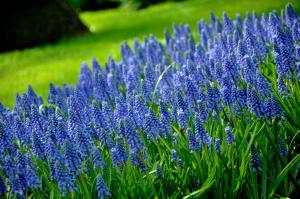Introduction
Rubber tree plants, also known as Ficus elastica, are popular houseplants that have attractive dark green leaves and can grow up to eight feet tall. In order to keep rubber tree plants healthy and thriving, it is important to provide them with the appropriate nutrients. This article will provide information on what nutrients are good for rubber tree plants.
Nutrients in Rubber Tree Plants
Like all plants, rubber tree plants require certain nutrients for proper growth and development. The three primary nutrients that all plants require are nitrogen, phosphorus, and potassium. These essential nutrients can be found in most commercial fertilizers formulated for houseplants.
In addition to these primary nutrients, rubber tree plants also require micronutrients such as calcium, magnesium, and iron. These micronutrients help the plant with various physiological processes such as photosynthesis and water uptake.
Nitrogen
Nitrogen is the most important nutrient for rubber tree plants as it is responsible for leafy growth and overall plant health. Nitrogen is a component of chlorophyll, the substance that gives plants their green color, and is essential for photosynthesis. If your rubber tree plant lacks nitrogen, its leaves may turn yellow and fall off.
Nitrogen can be found in many commercial fertilizers formulated for houseplants. When fertilizing your rubber tree plant, look for a fertilizer with a higher nitrogen content to promote leafy growth and plant health.
Phosphorus
Phosphorus is another essential nutrient for rubber tree plants. It is responsible for strong root development, flower and fruit production, and disease resistance. Without enough phosphorus, your rubber tree plant may have stunted growth, weak stems, and pale leaves.
Commercial fertilizers formulated for houseplants usually contain phosphorus. When selecting a fertilizer for your rubber tree plant, look for one with a ratio of 1-2-1, which means it contains twice as much phosphorus as nitrogen and potassium.
Potassium
Potassium is the third primary nutrient that rubber tree plants require. It is responsible for plant growth and development, stress resistance, and fruit production. Without enough potassium, your rubber tree plant may have weak stems, brown leaf edges, and be more susceptible to disease and insect infestations.
Most commercial fertilizers formulated for houseplants contain potassium. Look for a fertilizer with a balanced N-P-K ratio, such as 10-10-10, to ensure that your rubber tree plant is receiving adequate amounts of all three primary nutrients.
Micronutrients
While nitrogen, phosphorus, and potassium are the primary nutrients needed by rubber tree plants, they also require micronutrients in smaller quantities. Micronutrients such as calcium, magnesium, and iron are essential for healthy growth and development.
Calcium is important for strong cell walls, magnesium is important for chlorophyll production and drought tolerance, and iron is important for photosynthesis and overall plant health. To ensure that your rubber tree plant is receiving all of the necessary micronutrients, consider using a micronutrient supplement in addition to a balanced fertilizer.
Conclusion
Rubber tree plants are beautiful and relatively easy to care for, but they do require appropriate nutrition to stay healthy and thrive. Providing your rubber tree plant with adequate nitrogen, phosphorus, potassium, and micronutrients will promote vibrant foliage growth, strong root development, and overall plant health. By following the guidelines in this article, you should be able to keep your rubber tree plant healthy and happy for years to come.

 how many times do yo...
how many times do yo... how many planted tre...
how many planted tre... how many pine trees ...
how many pine trees ... how many pecan trees...
how many pecan trees... how many plants comp...
how many plants comp... how many plants can ...
how many plants can ... how many plants and ...
how many plants and ... how many pepper plan...
how many pepper plan...
































